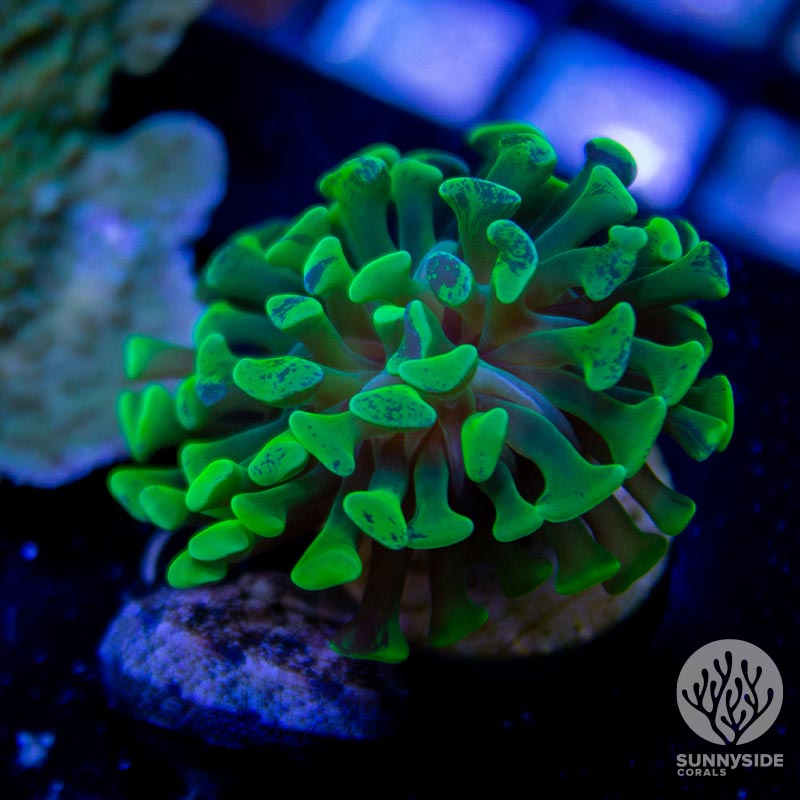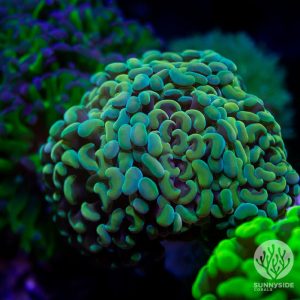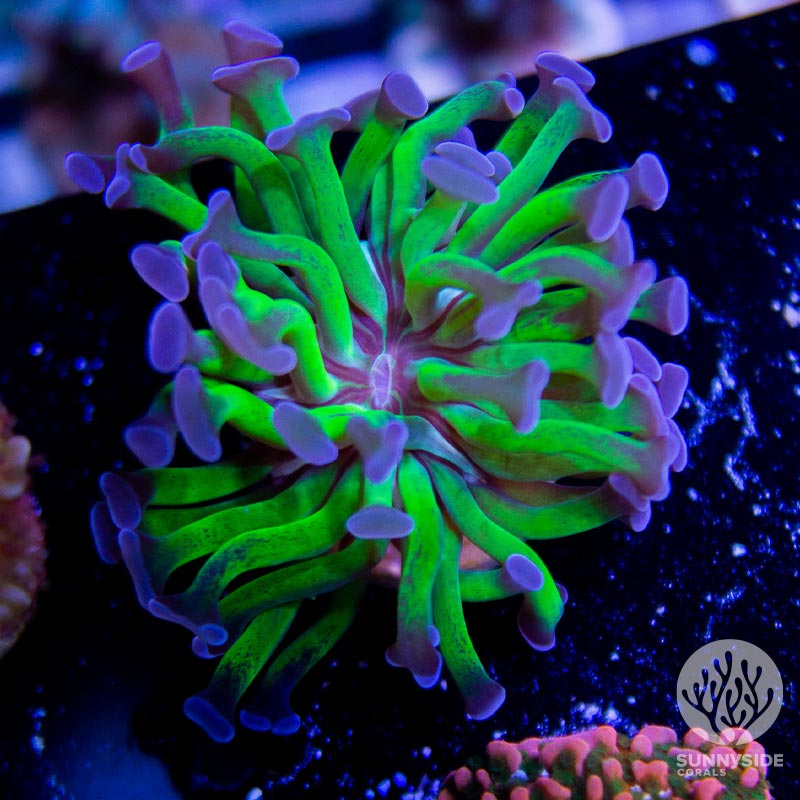Hammer Coral Care Overview:
Common Name: Hammer Coral, Anchor Coral
Latin Name: Euphyllia ancora
Difficulty Level: Moderate
Colors: Green, Brown, Pink, Peach, Purple, Blue, Beige
Temperament: Aggressive. Hammer corals can sting and damage nearby corals. Provide at least 3-4 inches of space from other coral species. Hammers can be close to other Hammers, Octospawns, and Frogspawn corals without stinging one another.
Growth Speed: Moderate to slow.
Tank Placement: Middle to lower part of the tank. Ensure there is space between your hammers and other corals to avoid stinging.
Lighting Intensity: Medium to High (100-250 PAR).
Water Flow: Moderate (indirect flow). Hammer corals benefit from moderate, water movement that keeps them swaying and flowing. This keeps the coral clean and encourages polyp extension and movement without causing damage.
Temperature: 78°F / 25.5°C, though they can adapt to temperatures as low as 77°F and as high as 84°F.
pH: 8.0-8.4, ideally around 8.2-8.3.
Nitrate: 5-10 ppm, keeping levels stable.
Phosphate: 0.05-0.1 ppm, keeping levels stable.
Alkalinity: 9 dKh
More About Hammer Corals
Hammer coral is a beautiful and popular species of coral in the aquarium hobby. Its unique hammer-shaped tentacles make it an eye-catching addition to any reef tank. However, hammer coral care can be challenging, and it requires specific water parameters and feeding habits to thrive.
In this article, we will provide a comprehensive guide on hammer coral care, including its placement, feeding habits, and water requirements. We will also discuss common issues that arise when caring for hammer coral and how to address them.
Understanding Hammer Coral
Physical Characteristics
Hammer coral, also known as Euphyllia ancora, is a type of LPS, or large polyp stony coral that has a unique appearance. The tentacles of the hammer coral resemble the shape of a hammer, hence the name.
Hammers come in a variety of colors, including green, brown, pink, and purple. The polyps of the hammer coral can also form the shape of a C, rather than a hammer.
Natural Habitat
Hammer corals are found in the Indo-Pacific region, including the Red Sea, Fiji, and Australia. They are typically found in shallow waters, at depths ranging from 3 to 30 meters in areas with sandy or rocky substrates.
These coral prefer areas with moderate to high water flow and moderate to high lighting. They also require stable water parameters, including temperature, salinity, and pH.
Hammer Coral Care
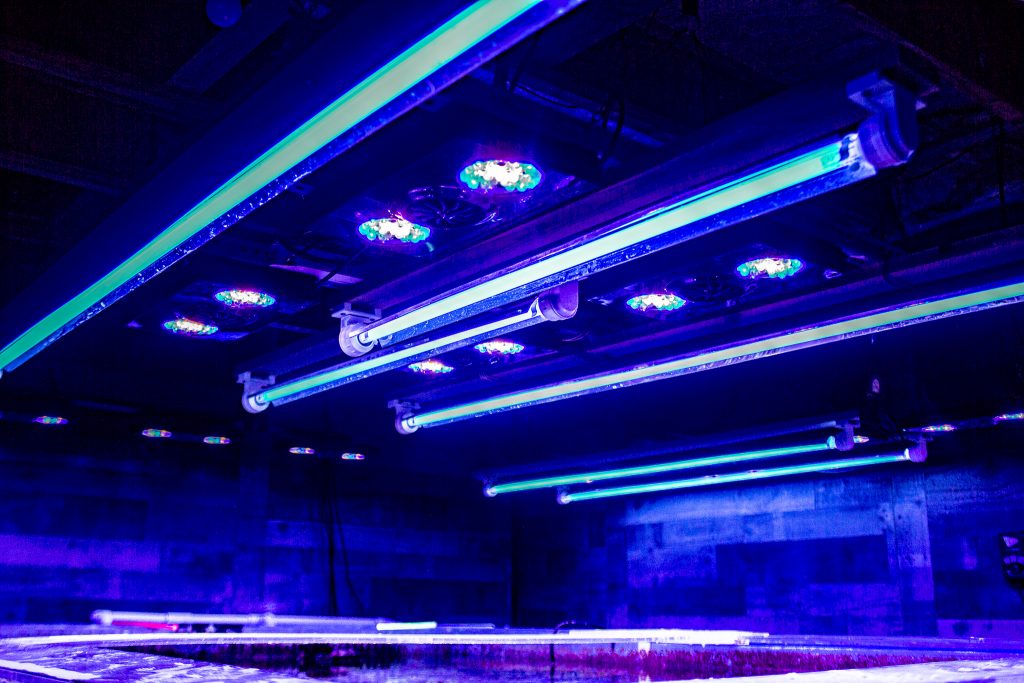
Lighting
Proper lighting is crucial for hammer corals. They require moderate levels of light and a PAR rating of 100 to 250. You can determine the PAR rating using a PAR meter, which you can rent from your local pet store. If you have less intense lights, you should move the coral up in the water column accordingly. For more help on lighting, you can see our exact light set up and schedules on our tank lighting post.
Flow
Hammer corals prefer moderate water flow. This helps to remove waste and debris from their tissues and improves their overall health. Avoid placing them in direct flow as this can damage their delicate tissues.
Tank Placement
Hammer corals can be placed from the bottom to the middle of most reef tanks, depending on your aquarium lighting. If you have less intense lights, you should move the coral up in the water column accordingly. Avoid placing them near aggressive or stinging corals such as torches as this can cause damage to their tissues.
Feeding and Maintenance
Feeding Schedule
Feeding the Hammer Coral is an essential part of its care. These corals are photosynthetic and rely on their symbiotic zooxanthellae to provide the majority of their nutrition. However, feeding them meaty foods can reduce their level of aggression towards neighboring corals. You can feed them directly using a turkey baster. We typically broad feed our whole tank with the flow off in order to give our hammers a chance to eat frozen food.
Cleaning and Maintenance
Keeping your Hammer Coral healthy requires regular cleaning and maintenance. Here are some tips to help you keep your coral in top condition:
- Perform regular water changes to maintain good water quality. Aim for a 10-20% water change every two weeks.
- Test your water regularly to ensure that the pH, salinity, alkilinity and calcium are where they need to be.
- Remove any debris or detritus that accumulates around the coral using a turkey baster or a dedicated coral cleaning tool.
- Monitor the coral for signs of stress, such as tissue recession or discoloration. If you notice any issues, try moving the coral to a more suitable spot in your tank.
Common Issues and Troubleshooting
Hammer corals can experience problems from time to time. Here are some common issues and troubleshooting tips:
Diseases and Pests
Hammer corals can be affected by various diseases and pests, such as brown jelly disease, black band disease, and flatworms. Brown jelly disease is characterized by a brownish slime that covers the coral’s skeleton and can quickly spread to other corals. Black band disease causes a black band to form around the coral’s base, which can lead to tissue loss. Flatworms are small, parasitic worms that can attach themselves to the coral and cause damage.
To prevent and treat these issues, it’s important to maintain good water quality and avoid introducing infected corals or fish into your tank. If you notice any signs of disease or pests, remove the affected coral and dip it in a coral dip solution. You can also use medications specifically designed for coral diseases, but be sure to follow the instructions carefully. Be sure to check out our guide to dipping your corals to ensure you are doing it correctly.
Stress
Sudden changes in water conditions can cause stress to any coral, including hammers. Once you’ve ensured that water quality and other conditions are right for your hammer coral, maintain stable water parameters, including pH, calcium levels, and magnesium levels, to avoid hammers retracting their polyps or tossing them out entirely and giving up on your tank.
Dealing with Recession
Hammer corals can experience recession, which is when the coral’s tissue pulls back from the skeleton, leaving behind a bare skeleton. This can be caused by various factors, including poor water quality, inadequate lighting, and physical damage.
To prevent recession, make sure your water parameters are within the appropriate range, provide adequate lighting, and avoid placing the coral near strong water currents or other corals that may damage it. If you notice recession, try to identify and address the underlying cause. You can also try feeding the coral more frequently and supplementing with calcium and other trace elements to promote tissue growth.
Reviving a Dying Hammer Coral
If your hammer coral is showing signs of dying, such as discolored or receding tissue, it may still be possible to revive it. First, identify and address any underlying issues, such as poor water quality or lighting. You can also try fragging the coral, which involves cutting off a healthy piece and attaching it to a new rock or substrate. This can help promote new growth and revive the dying coral.
It’s important to note that not all dying corals can be revived, and sometimes it’s best to remove the coral from the tank to prevent further damage to other corals.
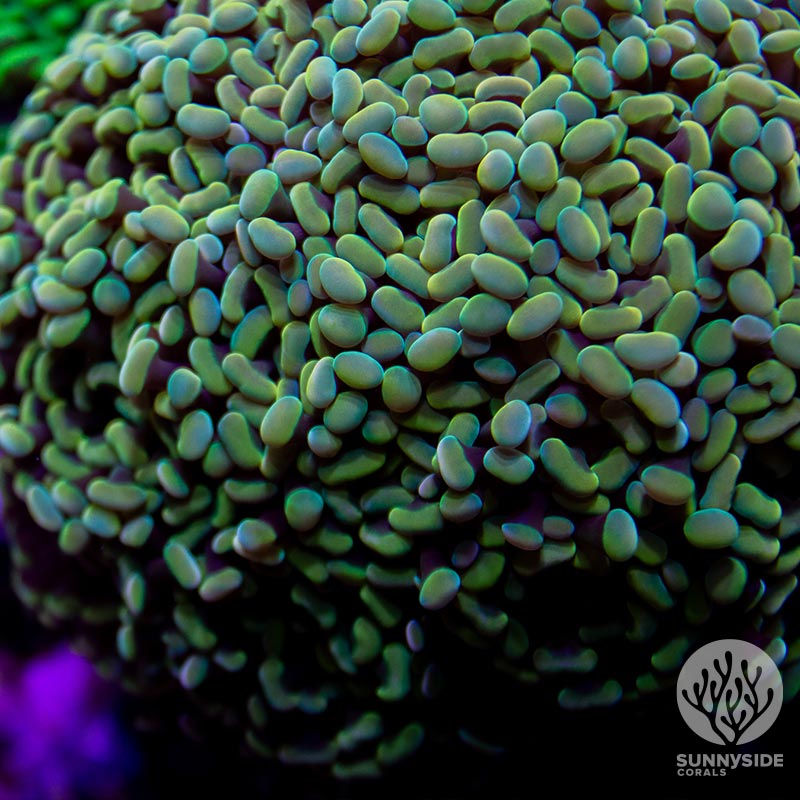
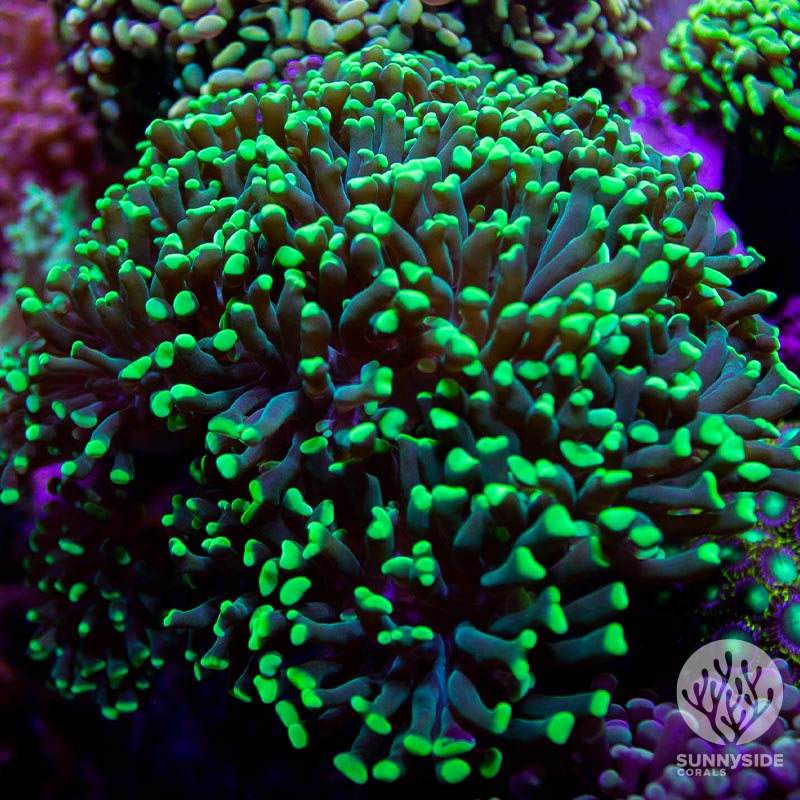
FAQ Section
Are hammer corals easy to care for?
Hammer corals are considered moderately challenging to care for. They require stable water parameters, moderate water flow, and regular feedings. However, with proper care, they can thrive in a home aquarium.
How do you keep hammer coral happy?
Hammer corals require specific water conditions to remain healthy and happy. Provide moderate water flow, moderate light, and ensure that the water chemistry is balanced to keep your hammers happy.
- Temperature: 78°F / 25.5°C
- pH: Between 8.0 and 8.4.
- Calcium: 400 to 500 ppm. LPS coral needs sufficient calcium to grow.
- Magnesium: 1200 – 1350 ppm. Magnesium makes calcium available. If calcium levels are too low, check the magnesium levels first.
- Alkalinity: 9 dKh
Do hammer corals need a lot of light?
Hammer corals do not require a lot of light, but they do need moderate lighting. Low to medium lighting is sufficient for these corals to thrive. It’s important to provide them with the right spectrum of light, including blue and violet light, to promote healthy growth. We have often been able to get better coloration from our corals by moving them slightly higher in our tanks.
